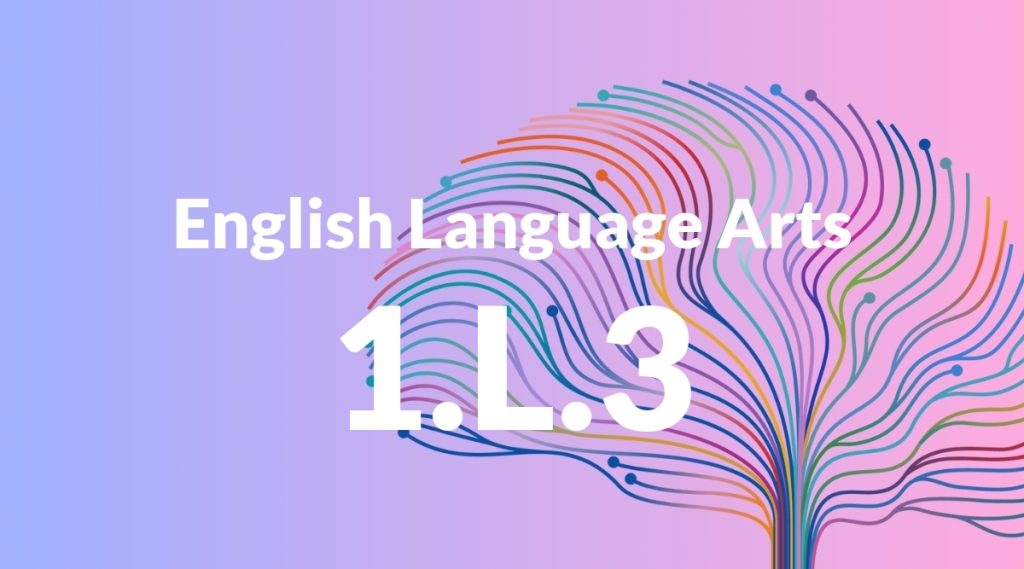Standard: 1.L.3 – (Begins in grade 2)
Grade level: Grade 1
Subject: English Language Arts
Domain: Language
Teacher Overview
This standard focuses on the foundational aspects of grammar and usage, which are crucial for effective communication. Mastery of these skills will enable students to write and speak clearly, which is essential for their academic and personal growth. Students should have a basic understanding of sentence structure and the ability to recognize complete sentences. They should also be familiar with common punctuation marks and their uses.
After mastering this standard, students will be able to use more complex grammar structures and refine their understanding of punctuation and verb tense, which will enhance their writing and speaking skills.
Common Misconception 1
A common misconception is that punctuation is not important in sentences. This is incorrect because punctuation helps to clarify meaning and separate ideas, making the text easier to understand.
Intervention 1
To address this misconception, teachers can use interactive activities that demonstrate how punctuation changes the meaning of sentences. For example, sentence puzzles or games where students add punctuation to unpunctuated sentences can be effective.
Common Misconception 2
Another misconception is that verb tense does not need to match the time frame of the sentence. This is incorrect because verb tense consistency is crucial for clear communication and helps the reader understand when actions are taking place.
Intervention 2
Teachers can address this by providing practice with verb tenses through storytelling activities. Students can be asked to change the tense of verbs to match the time frame of a story, reinforcing the importance of tense consistency.
Prerequisite Knowledge
Students should be familiar with basic sentence structure, including subject and predicate, and understand the concept of a complete sentence.
Subsequent Knowledge
Students will develop the ability to use more complex grammar structures, such as compound and complex sentences, and will refine their understanding of punctuation and verb tense usage.
Instructional Activities
- Sentence building games where students create sentences using word cards.
- Interactive punctuation exercises using digital tools.
- Storytelling sessions where students identify and correct grammatical errors.




